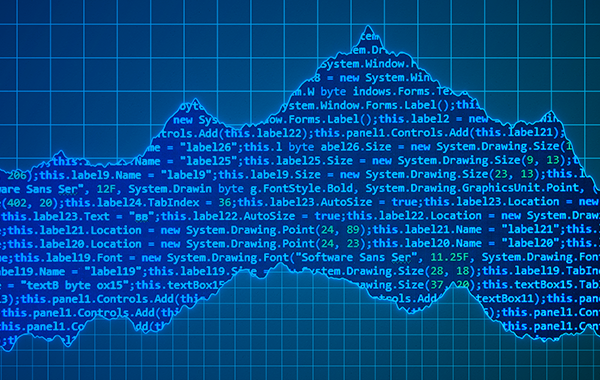Training Program

Model-Based Monetary Policy Analysis and Forecasting (MPAFx)
Deadline passed
Session No.: OL 24.180
Location: Course conducted online
Date: May 1, 2024 - August 31, 2024 (18 weeks)
Delivery Method: Online Training
Primary Language: English
Target Audience
All government officials are welcome to register. The course is particularly well-suited for officials in central banks that are in the early stages of introducing Forecasting and Policy Analysis Systems (FPAS) with IMF assistance. The course is offered in English.
Qualifications
Participants are expected to have a background in undergraduate macroeconomics, statistics, and econometrics. Participants are provided with guidance on how to access Matlab or Octave software.
Course Description
This online course, presented by the Institute for Capacity Development, introduces participants to a semi-structural macroeconomic model often used as a core of FPAS (Forecasting and Policy Analysis Systems) at the central banks. It also shows how to implement the key equations of a canonical quarterly projection model (QPM) in a macroeconomic modeling software. This course uses detailed country data highlighting an inflation targeting central bank, for hands-on historical filtration, forecasting, and calibration exercises.The course covers two main technical aspects: introduction to a canonical New Keynesian model structure and its key properties; and implementation of the QPM in Matlab/Octave and the application of IRIS toolbox for solving and maintaining the QPM, as well as forecasting with the QPM.
Course Objectives
Upon completion of this course, participants should be able to:
- Explain the key building blocks of a canonical semi-structural QPM.
- Interpret the key model equations from a macroeconomic point of view.
- Implement a simple QPM using a specialized software for macroeconomic modelling.
- Distinguish the key elements of a QPM in a state-space form (i.e., shocks, observable and unobservable variables, measurement and transition equations, steady-state parameters, equation coefficients).
- Identify necessary codes for data transformation, filtration and evaluation of the QPM properties.
- Apply the basic IRIS Toolbox functions for solving the model.
- Create output reports using model codes.
- Develop a basic calibration of the QPM.
- Produce a baseline forecast and alternative scenarios using the QPM.
Residential Property Price Indices (RPPIX)
English | January 1, 2026 - April 15, 2026 | Online Training | Course conducted online
Apply online by December 25, 2025
Residential Property Price Indices (RPPIX)
English | January 1, 2026 - April 15, 2026 | Online Training | Course conducted online
Apply online by December 25, 2025
Financial Sector Surveillance (FSS)
English | February 2-13, 2026 | In-person Training | Abu Dhabi, United Arab Emirates
Apply online by December 26, 2025


